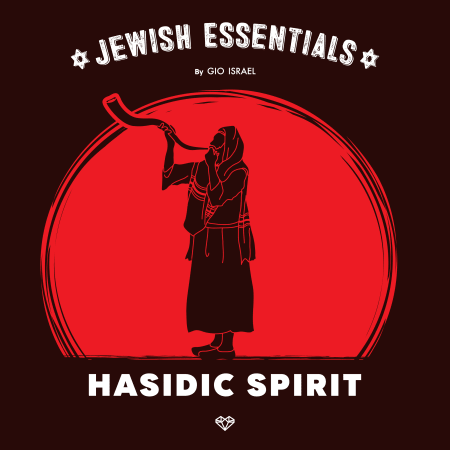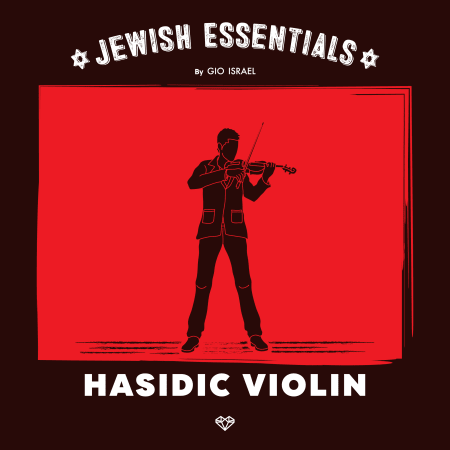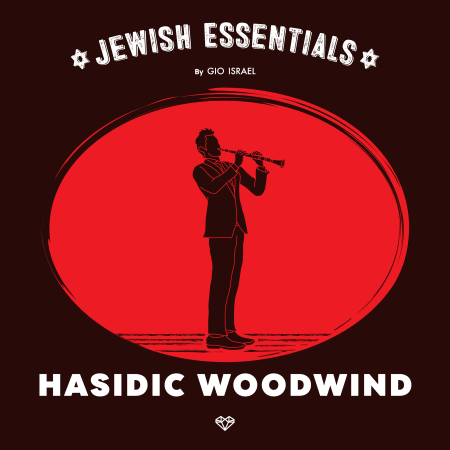The Klezmer musical genre incorporated elements of many other musical genres including Ottoman music, Baroque music (especially Greek and Romanian), German and Slavic folk dances, and religious Jewish music. Few Klezmer musicians before the late nineteenth century had formal musical training, but they inherited a rich tradition with its own advanced musical techniques, including ornaments called dreydlekh. Each musician had their understanding of how the style should be "correctly" performed. The use of these ornaments was not random; the matters of "taste", self-expression, variation, and restraint were and remain important elements of how to interpret the music.
As the music arrived in the United States, it lost some of its traditional ritual elements and adopted elements of American big band and popular music. Among the European-born Klezmers who popularized the genre in the U.S. in the 1910s and 1920s were Dave Tarras and Naftule Brandwein.
After the destruction of Jewish life in Eastern Europe during the Holocaust, and a general fall in the popularity of Klezmer music in the United States, the music began to be popularized again in the late 1970s in the so-called Klezmer Revival. During the 1980s and onwards, musicians experimented with traditional and experimental forms of the genre, releasing fusion albums combining the genre with jazz, punk, and other styles.




